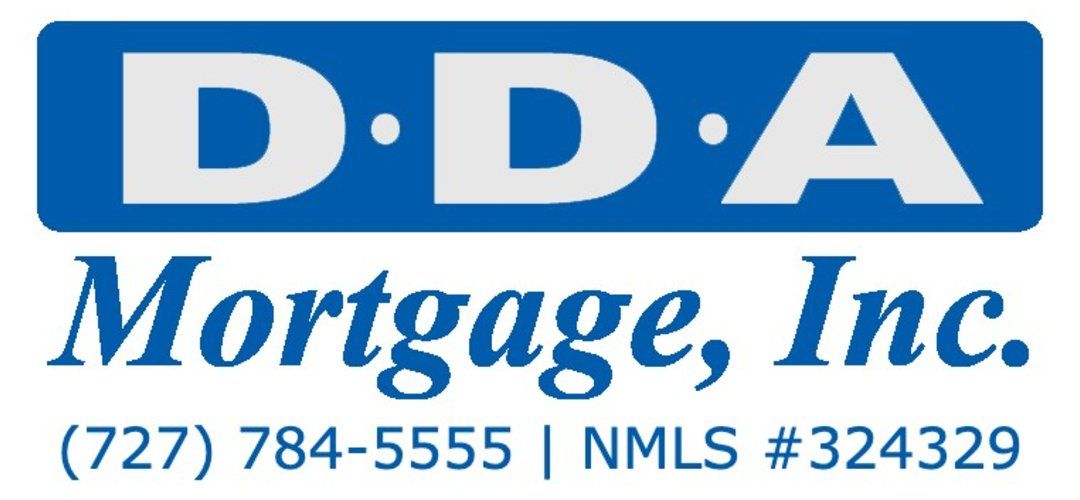Call (727) 784-5555
2021 housing market outlook: No signs of slowing
After a banner year for the housing market in 2020, expect next year to be even stronger
2020 has been a remarkably strong year for the housing market. Sales volume has remained elevated compared to last year since about mid-June, home values are growing more quickly than they have in 15 years and homes are typically selling a full three weeks faster than a year ago.
Incredibly, next year’s housing market outlook is poised to be much stronger.
We are on pace to see 5.66 million homes sold in 2020, a solid 6% growth over 2019. The market should shatter that pace in 2021, potentially hitting 6.9 million homes sold – 21.8% annual growth – in what’s likely to be the strongest year for sales since the Great Recession. And given the expected volume of sales and likely improvement in the economy, year-over-year home value growth reaching 10.3% – the first time in double digits since 2006 – isn’t out of the question.
Driving the bullish housing market outlook is the current strength of the market, which has blown past the usual seasonal slowdown and shown no signs of cooling off this winter, demographic tailwinds, expectations for continued low mortgage rates (though they’ll likely rise from today’s near-record lows) and increased adoption of real estate technology that makes connections between buyers and sellers faster and easier.
Elevated housing market demand appears to be here to stay
Price gains are being driven by the fundamentals of supply and demand. The bill for years of underbuilding since the Great Recession is coming due as a wave of Millennials entering their mid-30s are in the market for their first home, many of which have likely accelerated their timeline due to the pandemic. These first-time buyers put especially acute demand pressures on the market because they do not have an existing home to turn around and sell, thereby replenishing the supply of available homes.
Start Your Loan
with DDA todayYour local Mortgage Broker
Mortgage Broker Largo See our Reviews
Looking for more details? Listen to our extended podcast!
Check out our other helpful videos to learn more about credit and residential mortgages.





